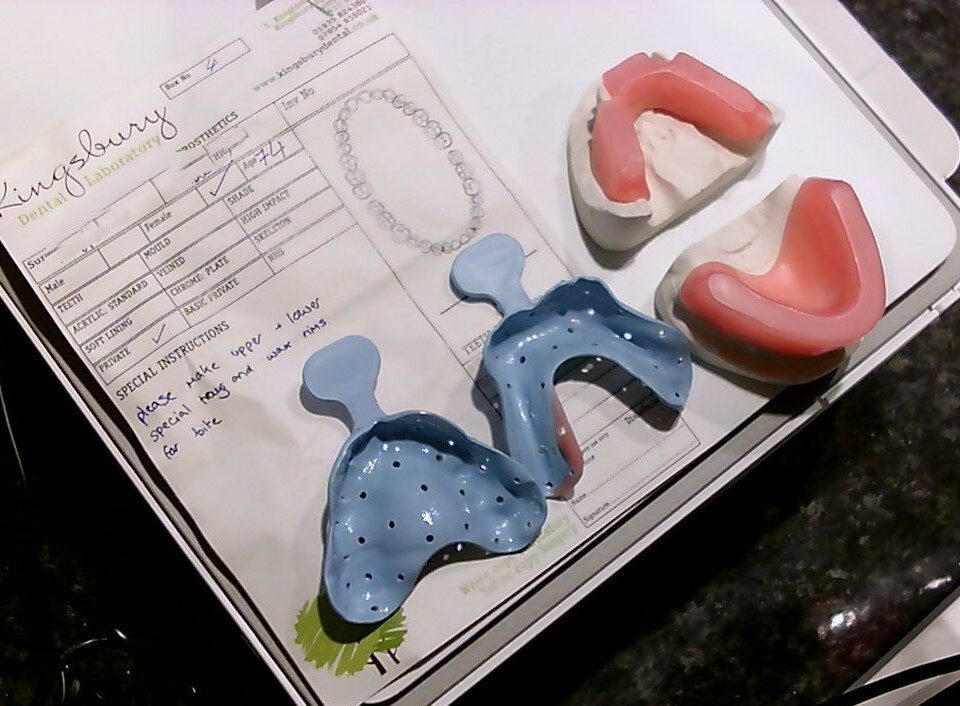
Using visualisers to reduce carbon footprint and save money

I do, We do, HUE do by Keke Powell

Stop motion is one of the most immediate and accessible types of animation that children can learn. There is no need to be a skilled illustrator or computer whiz kid to bring ideas and stories to life; all that is required is a pinch of imagination, a touch of creativity and a dash of determination.
Taught in schools around the world as a medium to expand STEAM subjects, the benefits of stop motion animation as an educational tool are well documented. Combining excitement, storytelling and creative skills with movie-making technology, stop motion animation offers children a wealth of learning opportunities.
It’s easy to get started with stop motion animation. All you need is a camera, some software and something to animate. There are no limitations to what you can bring to life with stop motion, but there are some common techniques and materials which are tried, tested and a whole lot of fun to try!
Toy animation
A phenomenon as old as time itself, children have always played with toys. Used as a means to role play, communicate and understand the world, the act of creating stories with toys comes naturally as a key developmental activity. It is therefore no surprise that toy animation – also known as toymation – is the ideal medium for introducing children to the wonders of stop motion.
If a child already knows how to push a toy car around on a playmat or act out scenes of a teddy bear’s picnic, they can quickly learn how to break these actions and sequences down into the frames of an animation.
Object animation
Object animation is another excellent stop motion style for beginners to try. ‘Breathing life’ and personalities into inanimate objects is a highly imaginative exercise that can often produce hilarious results in the process. You do not need any fancy materials to give it a try because inspiration can be found absolutely anywhere: in the cutlery drawer, the office, the garden or even the fruit bowl!
Cut-out animation
Cut-out animation is created with 2D paper puppets and backgrounds. It is most commonly filmed flat on a tabletop with the camera pointed directly down from above. Because cut-out animation is filmed in this way, gravity is not a problem and characters can walk, jump or even fly around with ease.
One great example is the short film Coco by Katherine Manaog, Annie Wong and Louie Zhang.
Claymation
Claymation is perhaps one of the most recognisable forms of stop motion animation thanks to shows such as Gumby, Morph and Pingu, as well as the Wallace and Gromit movies. The wonderful quality of clay allows it to be formed into anything you can imagine then shaped and changed at will, making this an ideal material for animators. The unique look and feel of clay also lends itself particularly well to humorous cartoon characters.
LEGO® animation
LEGO® animation (also known as Brickfilms) is a type of toymation that deserves a mention in its own right. LEGO® is a hugely popular medium for creating stop motion movies thanks to its versatility and animation-friendly Minifigures.
Pixilation (animating people)
Pixilation is a type of stop motion where real live people are animated frame-by-frame, just like puppets. It is a fun style of stop motion to try with kids because you do not need to build puppets or sets and it can be achieved with minimal preparation.
Puppet animation
Puppet animation is the technique used in movies such as The Nightmare Before Christmas and Coraline, and it is one of the most advanced and time-consuming types of stop motion to make. The puppets are built with aluminum wire or metal skeletons called ‘armatures’ which allow animators to pose the characters, and all the set pieces, backgrounds and props are hand-crafted. In this fantastically detailed video, artist and animator Holly Lam shows the complex process involved in creating a stop motion puppet from scratch.
Time-lapse
Time-lapse photography is a little different to stop motion animation but, in most cases, you can use the same software and equipment to try this technique at home. Time-lapse works by capturing images at set intervals of time so that when the footage is played back as a movie, we can see a high speed version of reality. This fascinating technique lends itself particularly well to capturing biological processes such as plants growing or tadpoles hatching.

HUE Animation Studio is a STEM.org approved, movie-making starter kit for children aged 7+. It places kids in a highly engaging and immersive environment where they can enjoy the freedom to express themselves creatively.
Whether animating on their own or with friends, children love the thrill of making stop motion movies and they can do it for hours! It is the perfect gender-neutral activity for imaginative play, enabling children to create pretend worlds using both hands-on artistic and technical computer skills.
HUE Animation Studio contains everything a budding animator needs to create stop motion movies using modelling clay, LEGO®, 2D drawings or a favorite toy, including:
- A colorful, flexible HUE HD camera.
- A perpetual single-user Stop Motion Studio for HUE software license.
- A full-color, 64-page animation activity book.
- A durable carry case.
- Digital resources, sound effects and backgrounds.
Recommended by top child development expert, Dr. Amanda Gummer, this educational kit fosters 21st century skills such as creativity, collaboration, and critical thinking while bringing hours of enjoyment to young film directors as they learn how to make movie magic.
Watch the video to find out more and follow us on social media @HUEcameras for updates about awards, giveaways and fun ideas. HUE Animation Studio is one of a range of colorful, creative and affordable products for school, home and work from HUE.



